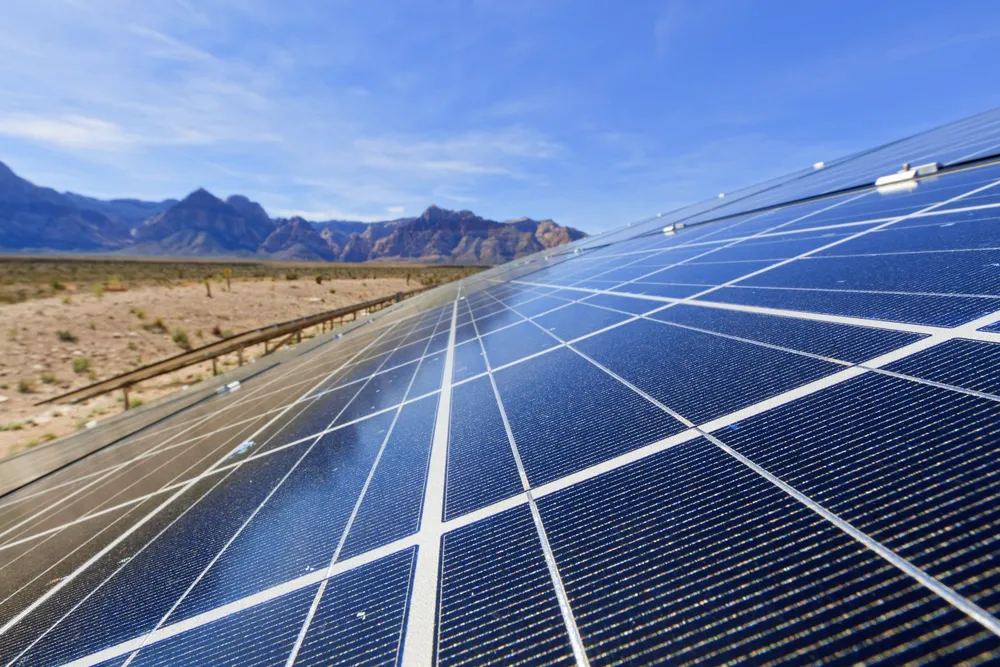Republican bill will 'dismantle' sector, says US green energy group
Solar Energy Industries Association says Congress still has 'time to change course' and ease clean energy tax credits' eligibility criteria and phase-out timeline

Republicans’ 'One Big Beautiful Bill' could cost the US 330,000 solar jobs, 150GW of electricity generating capacity, and reduce energy infrastructure investment by $285bn, according to Solar Energy Industries Association (SEIA).
The House of Representatives last week narrowly passed the massive 1,116-page tax and spending package sought by President Donald Trump on a party-line 215-214 vote.
Republican Majority Leader John Thune of South Dakota said his caucus will send the House bill through relevant Senate committees for changes.
The party could then either devise its own version and bring that bill to the floor for a vote, or break it up into smaller pieces of legislation for separate votes. Republicans have a 53-47 majority in the Senate.
If Senate Republicans pass one bill, designated members from both chambers would meet to reconcile differences and hammer out unified legislation.
The party intends to use a procedure called budget reconciliation in the Senate, which requires a simple majority vote for passage.
Trump is pressuring Senate Republicans to embrace the key House provisions, but it's unclear if, or how hard, he would resist any softening of its clean energy language.
As president, he has authority to use a line-item veto, or partial veto, to cancel specific provisions of bill. Congress can overturn a veto with a new law but only with a two-third majority in both houses.
Solar is by far the fastest growing US power generation segment. The previous administration of Joe Biden, which gave it preferential policy treatment, had forecast it would become the leading source of electricity to a planned carbon-free national grid by 2035.
In contrast, Trump and his energy team view solar as uneconomic and unreliable, and see it playing an ancillary role to fossil fuels and nuclear.
The bill’s headline provisions include making permanent 2017 business and individual tax cuts championed by Trump that expire this year, enacting new tax breaks, and raising the nation’s borrowing limit by $4trn.
Independent, non-partisan estimates are that it would add between $2.3trn to $3.3trn to federal deficits over the next decade.
This, even after about $1.5trn in proposed spending cuts that include fast-tracking sunset of technology neutral clean energy investment and production tax credits that took effect on 1 January, and tightening eligibility criteria for projects to claim them.
The bill’s language for doing this was tougher than anticipated by the clean energy industry and its supporters, who have begun an intense lobbying campaign for changes in the Senate.
“Congress still has time to change course,” SEIA said in its analysis.
The trade group argued that the bill would discourage construction of 150GW of proposed solar capacity by 2030 “at a time when there are no other viable options to meet growing demand for electricity.”
It noted that solar and storage (powered by solar) is expected to make up 73% of capacity additions this decade.
“Current solar build out will allow the US to meet its growing energy demand needs,” SEIA claimed. “If the US fails to build out sufficient solar capacity, it will likely face energy capacity shortages within the next several years.”
It estimated early repeal of tax credits could cost 173TWh of generation, or 3.6% of expected US electricity demand in 2030.
(Copyright)